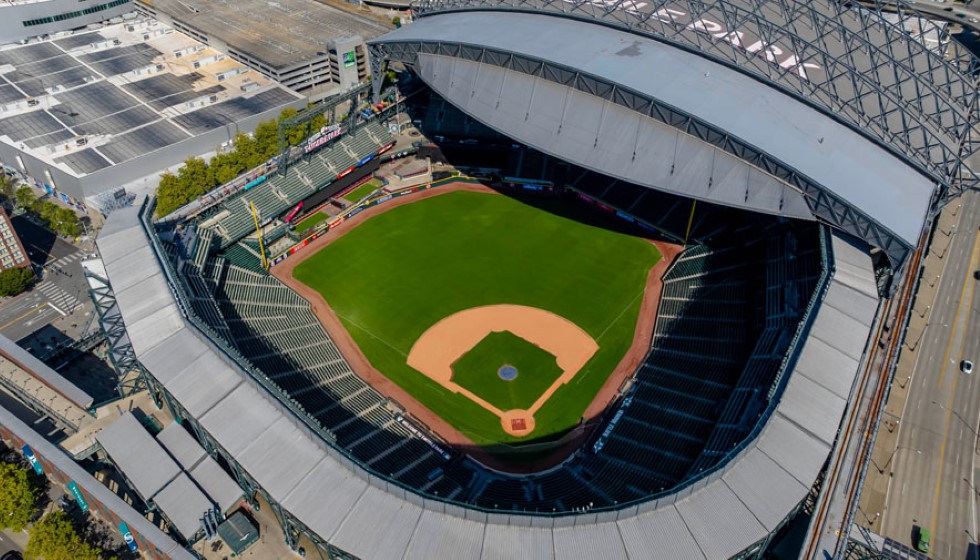
The recent Major League Baseball amateur draft has once again reshaped the future of the sport with notable signings and strategic moves by several franchises. This year's draft saw most of the top prospects inking deals ahead of Thursday's signing deadline, with only a handful of notable exceptions.
Top Picks and Major Signings
Trey Yesavage, selected 20th overall by the Toronto Blue Jays, agreed to a substantial $4,175,000 bonus. Meanwhile, the Baltimore Orioles drafted Vance Honeycutt with the 22nd pick, securing his commitment with a $4 million bonus. Not far behind, the Pittsburgh Pirates picked Konnor Griffin at ninth overall, with the player signing a deal worth $6,532,025.
Other significant signings included Wake Forest right-hander Chase Burns, who was taken second overall by the Cincinnati Reds and secured a hefty $9.25 million contract. Georgia outfielder Charlie Condon matched Burns' deal after being selected third by the Colorado Rockies. The Cleveland Guardians made a splash by choosing Oregon State's second baseman Travis Bazzana as the first overall pick, agreeing to an $8.95 million payday.
Notable Unsigned Players
Despite the flurry of signings, a few top draftees chose alternate paths. Tyler Bell, picked 66th overall by the Tampa Bay Rays, opted instead for a college commitment to Kentucky. Similarly, Chris Levonas, the 67th pick by the Milwaukee Brewers, bypassed a professional contract, choosing instead to head to Wake Forest. Ryan Prager, selected 81st by the Los Angeles Angels, and Jaxon Jelkin, picked 263rd by the New York Mets, also decided to remain unsigned.
The Rays, Brewers, and Angels will each receive compensatory picks in the next year's draft for their unfulfilled signings. As a result, the Rays are set to gain the 67th pick, the Brewers the 68th pick, and the Angels an additional selection after the third round.
Team Investments and Overall Spending
In total, MLB teams committed a record $342 million to this year's draft class, marking an 8.3% increase from last year’s deadline figure of $315.8 million. This record investment underscores the increasing financial stake teams place in securing young talent to bolster their future rosters.
The Cleveland Guardians and Colorado Rockies led the spending spree, each disbursing $19,236,100 on their selections. The Cincinnati Reds followed with $17,156,100, while the Oakland Athletics and Chicago White Sox spent $16,103,900 and $15,267,500 respectively. Contrastingly, the Houston Astros allocated the least among all teams, spending $6,210,412.
Interestingly, no team exceeded their signing bonus pool by more than the permissible 5%. Twenty-three teams hovered close to their allocated limits within this margin, with the Arizona Diamondbacks spending exactly their pool amount. Meanwhile, six teams, including the Tampa Bay Rays and Colorado Rockies, fell short of their pool amounts by $250,300 and $87,300, respectively.
Historical Context
Comparing this year’s activity with past trends highlights the ever-growing complexity of the MLB draft landscape. For instance, only one pick from the first ten rounds of last year's draft remained unsigned. Caden Kendle, a 10th-round selection by the St. Louis Cardinals last year, was picked in the fifth round by the Minnesota Twins this year, ultimately signing for $147,500.
Such patterns reveal the evolving strategies of both teams and players as they navigate financial and career decisions. For teams, maximizing their signing bonus pools while securing top talent within the financial guidelines has become a high-stakes game of chess.
This year’s draft underscores the dynamic interplay between burgeoning young talent and the financial frameworks within which MLB teams operate. With enormous sums allocated and only a minor percentage exceeding recommended limits, teams are getting increasingly adept at managing their resources while securing future stars.
The results of this year's draft will only fully reveal themselves in the seasons to come, as these young players make their way through the ranks and onto the big stage. Until then, teams and fans alike will watch with anticipation as the next generation of MLB talent begins to forge their professional paths.